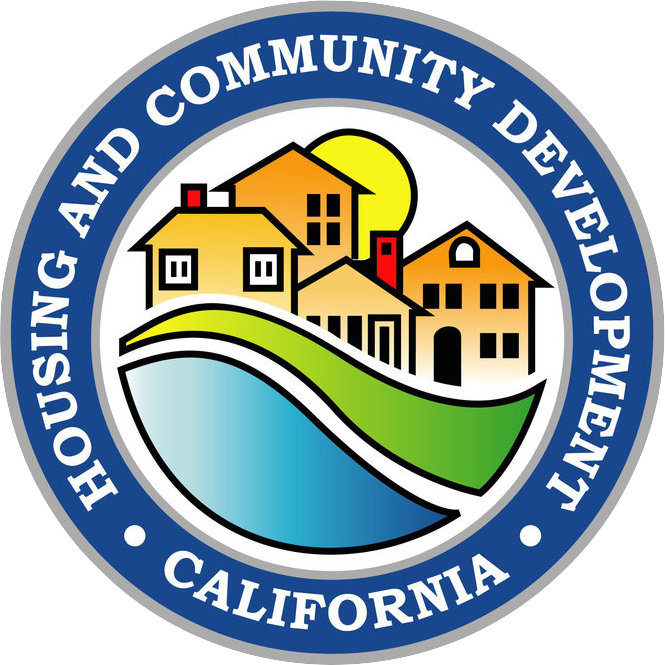Since 1969, California has required that all local governments (cities and counties) adequately plan to meet the housing needs of everyone in the community, at all income levels. California’s local governments meet this requirement by adopting housing plans as part of their “general plan” (also required by the state). A general plan serves as a local government’s blueprint for how the city and/or county will grow and develop and includes eight elements: land use, transportation, conservation, noise, open space, safety, environmental justice, and housing.
California’s Housing Element Law acknowledges that, in order for the private market to adequately address the housing needs and demand of Californians, local governments must adopt plans and regulatory systems that provide opportunities for (and do not unduly constrain) housing development. As a result, housing policy in California rests largely on the effective implementation of local general plans and, in particular, local housing elements.
Building Blocks: A Comprehensive Housing Element Guide
Updating a jurisdiction’s housing element, while important to meeting one of the most basic needs of Californians, can be daunting; and yet, the importance of housing elements to individuals and families, communities, and those who build homes and apartments is undeniable.
HCD has created a guide to assist jurisdictions in creating comprehensive housing elements.
The importance of updating housing elements, state funding programs that require housing element compliance, and the role of HCD in state housing planning.
Housing element process, consequences for late adoption, and public comment submission information.
Learn how to submit housing elements to HCD by mail, email or online and information on submittal requirements.
Summary and clarification of requirements to comply with State Housing Element Law.
Information on site inventory requirements, forms and how to submit to HCD.
Housing Element Open Data Tools
Every effort is made to ensure that the information in these reports is complete and up to date. Please contact HCD regarding concerns relating to the accuracy of any listing. Compliant housing elements are required to qualify for funding from many state and federal housing programs. If you have questions about your eligibility to apply for state or federal housing funds based on the compliance status of your jurisdiction's housing element, please contact HCD at (916) 263-7420 or (916) 263-7422.
Track when local governments are required to have a final adopted housing element (local housing plan) that is certified by HCD to maintain compliance with Housing Element Law.
Download housing elements submitted to HCD and HCD-issued housing element review letters. Links to review letters are updated within one week of being sent to each jurisdiction. For review letters sent prior to January 1, 2020, contact HCD at (916) 263-2911 or email cahouse@hcd.ca.gov.
Track housing elements currently under review by HCD and whether plans are in or out of compliance with state housing law.

